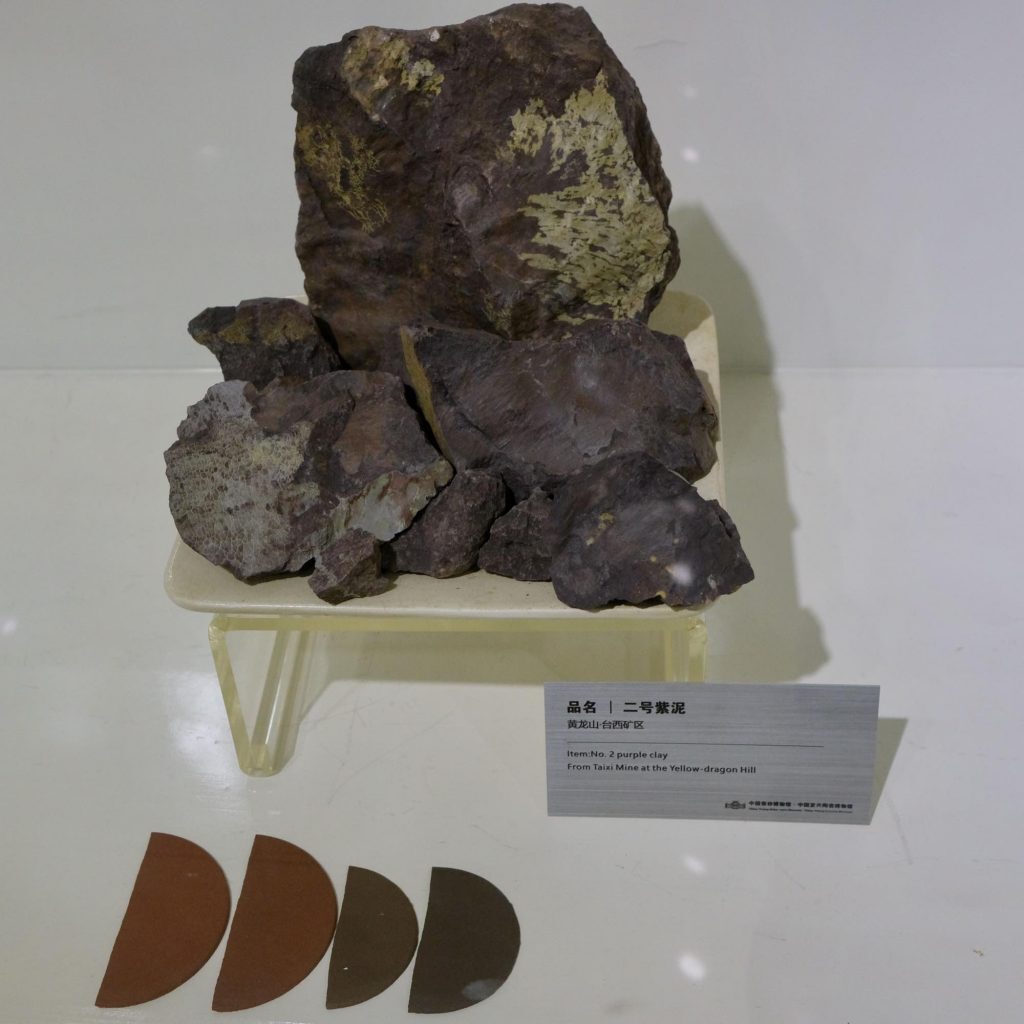
Zisha (Clay)- The complexity of flavors in teas have subjective appeal. However, there are many types of clays that can be used to complement the varieties of teas available today. Each clay has alchemical qualities that fuse with certain tea types, and help hide the unappealing flavors, and/or accentuate the appealing. These magical clays are moulded into artistic teapots that are used during tea ceremonies to enhance the tea drinking experience.
Below is my personal collection of a variety of teapots made from different clays. You can experience some of these clay teapots at my tea parties/classes.

(青白磁) Hasamiyaki Hohin- by Yoshimura Toen kiln from Higashi Sonogi-gun, Nagasaki prefecture. Hasamiyaki is a type of porcelain first made in Hasami town. The technique was brought from Korea and has 400 years of history. This Hohin is characterized by a pale blue, cool glaze mixed using a wholly original process. Fresh, green teas.(170mL)
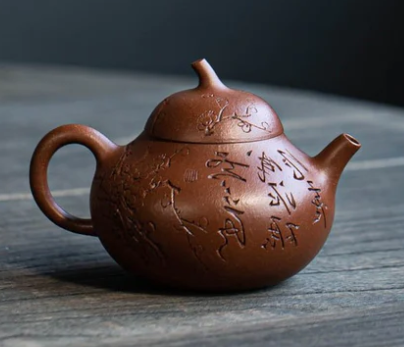
(降坡泥) Eggplant Jiang Po Ni- This fully hand-made teapot uses Jiang Po Ni clay from Huang Long mountain. This type of clay was discovered in the 1990’s. It is sometimes called rainbow clay because it is a mix of 3 Zishas: Hongni (red clay), Zini (purple clay), and Duanni (yellow clay). The teapot is carved with the plum blossom and The Plum Flower Poem that means “…fallen in mud and ground to dust, the plum blossom seems no more. But her fragrance remains forever.” Roasted, heavy oxidized Oolong. (170mL)
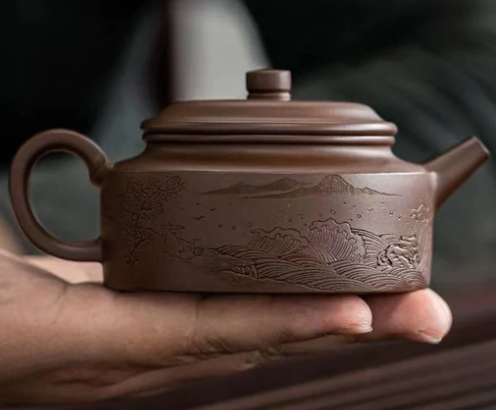
(紫泥) De Zhong Zini- Zini is aPurple clay that is thought to be the original clay used to make teapots in China. Its good plasticity, high strength, and low firing shrinkage, allowing historical potters to make the famous shapes and designs that are still common to this day. The porosity of Zini clay greatly improves the taste of low-quality tea that most drank in early times. The carved poem means “watching the beauty of the sea and listening to the sound of the waves.” Aged Sheng Puerh, Old White, Heavy Roast Oolong. (220mL)
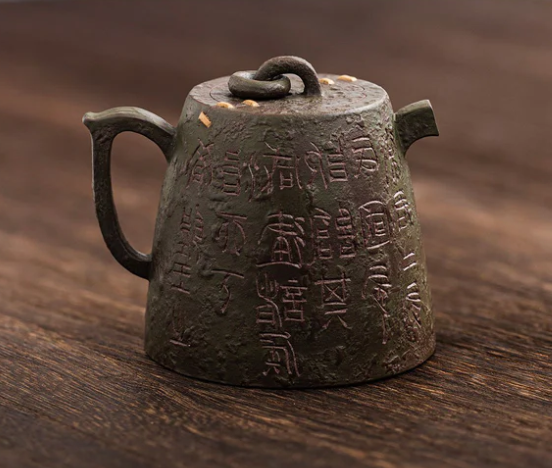
Qin Quan Zini/Luni- This one-of-a-kind, fully hand-made, Qin Quan teapot’s shape comes from the Qing Dynasty, symbolizing the first emperor of Qin unified China. The decorative technique, “Fen Jiang Craft”, also comes from the Qing Dynasty and is a unique process in which the clay is completely dried, ground into powder, mixed with water, and then painted outside or inside the teapots. Black, Old White, Puerh. (180mL)
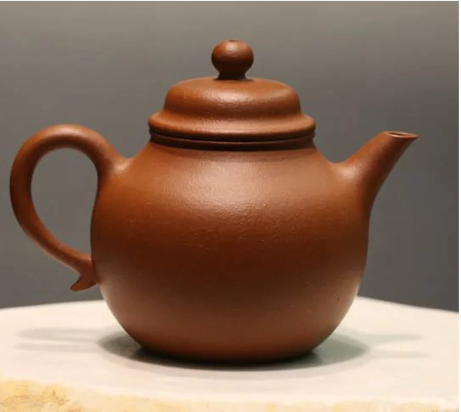
(朱泥) Qiushui Zhuni- This teapot is made from original ore Zhuni mined in Xiaomeiyao Yixing. This type of clay has a slight bumpy appearance, develops a shine with use, and is prized for its ability to bring out tea’s best flavors. It is a delicate clay that is difficult to fire in the kiln, making it more likely to break during the process. Unroasted, lightly oxidized rolled oolongs like Taiwanese High Mountain Teas, greener Dong Ding, and Sheng (young) Puerh.(170ml)
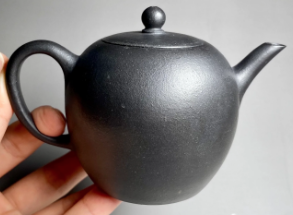
(焐灰 美人肩) Heini (Zhuni Wuhui) Mei Ren Jian- This “heini” or “black clay” Yixing teapot is produced by firing original ore Zhuni clay in a low oxygen environment (Wuhui-“smother with ash to fire.”) This creates the reduced oxygen environment that gives the clay its black appearance. Unroasted, lightly oxidized rolled oolongs like greener Dong Ding, and Sheng (young) Puerh. (180mL)

(原矿黄金段) Huangjin Duan- This Yixing Teapot is Original Ore Huangjin Duan. The rich golden color is “Huangjin,” meaning gold in Chinese. Huangjin duan is favored for rounding out the harsher notes of some teas. It is very porous and best at retaining heat. Shu Puerh, Old Aged Tea. (165mL)
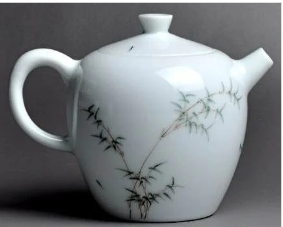
(景德镇陶瓷) Jingdezhen- White porcelain teapot is handmade by QingKe Xuan Studio in Jingdezhen. This studio strictly follows the traditional Jingdezhen techniques. Jingdezhen pottery dates back to the Zhenzhong era (1004) and is considered to be “Imperial Porcelain.” Bai Mu Dan, Silver Needle. (190mL)